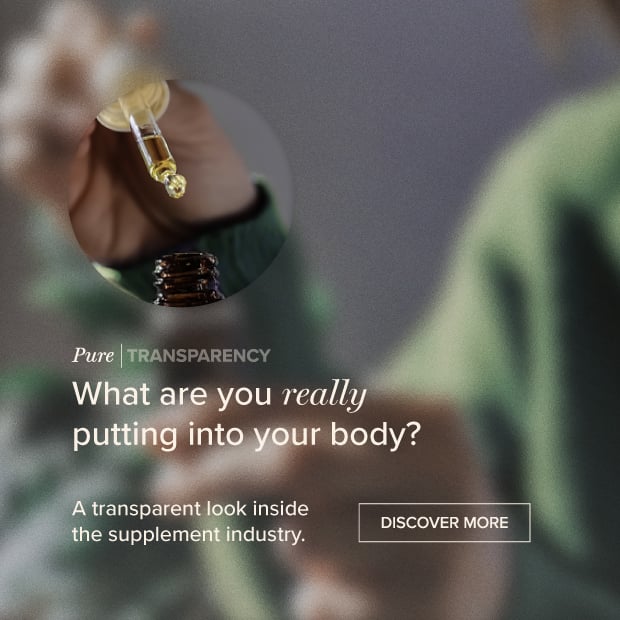What Is Vegetable Glycerin?

Vegetable glycerin, or glycerol, is a clear, odorless liquid produced from plant oils, typically palm oil, soy, or coconut oil. Palm and coconut oils are natural triglyceride mixtures; each triglyceride is composed of three fatty acids esterified with glycerin. Vegetable glycerin has a number of valuable applications that include cosmetic products, foods, and as a replacement for alcohol in herbal and botanical tinctures.
How is Vegetable Glycerin Made?
Vegetable glycerin is produced using an extraction process called hydrolysis. During hydrolysis, oils are placed under the combined force of pressure, temperature, and water. The ester bond breaks and causes the glycerin to split from fatty acids and be absorbed by water; at which point the resultant is further isolated by distillation to increase purity. Purified vegetable glycerin has a texture similar to an oil or syrup due to its organic molecular makeup, specifically, three hydroxyl groups.
The Benefits of Vegetable Glycerin?
Vegetable glycerin used in food applications is USP grade or over 99% pure and has a sweet taste. Vegetable glycerin metabolizes differently than sugar and is used in low carbohydrate foods for sweetness and moisture. Unlike sugar, glycerin does not contribute to tooth decay.
Many household products, including lotions, shampoo, and toothpaste, contain vegetable glycerin. Glycerin is added to these products because it is a humectant; a substance that attracts moisture to the skin. In the cosmetic world, this has two practical applications. First, glycerin leaves your skin hydrated. Glycerin soap, for example, is popular for that very reason. Second, for cosmetic products that deliver an active ingredient, a humectant can increase the solubility of the active ingredient, making it more easily absorbed by the skin.
Vegetable glycerin may be used as a solvent and substitute for alcohol when producing botanical and herbal extracts. This is advantageous for people who wish to avoid alcohol exposure.
Other Uses for Vegetable Glycerin
The safety of vegetable glycerin coupled with its functional properties has made it invaluable for various medical applications. The hydrating effect of glycerin makes it ideal as a topical remedy for burns. Glycerin is also used in the production of suppositories. A good source to look for is a USP grade, non-GMO, allergen free, kosher certified vegetable glycerin.
†Results may vary. Information and statements made are for education purposes and are not intended to replace the advice of your doctor. If you have a severe medical condition or health concern, see your physician.

Dr. Edward Group, DC
FOUNDER | HEALER | ADVOCATEDr. Group, DC is a healer and alternative health advocate, and an industry leader and innovator in the field of natural health who is dedicated to helping others. He is a registered doctor of chiropractic (DC), a naturopathic practitioner (NP), and proud alum of Harvard Business School and MIT Sloan School of Management. Dr. Group, DC is the founder of Global Healing – a mission and vision he has shared through best-selling books and frequent media appearances. He aims to spread his message of positivity, hope, and wellness throughout the world.










